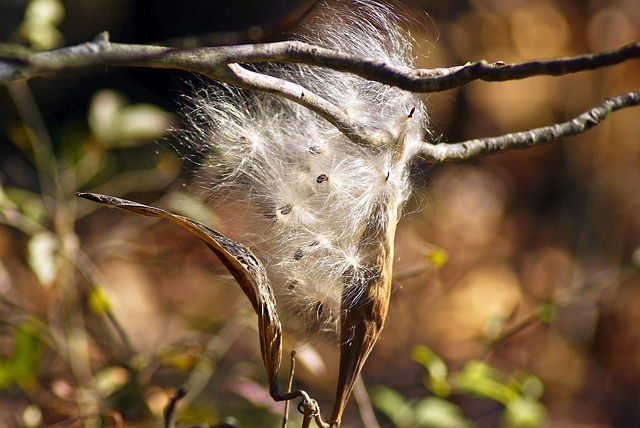What is Wind Seed Dispersal?
Wind seed dispersal is when air breeze or wind aids the transfer of seeds from the parent plant to another location.
Fruits and seeds dispersal by the wind is usually very small and light.
Dispersal of seeds by wind is one of the common methods.
However, wind dispersal is a wasteful process because a great number of seeds may be dropped on sterile or unsuitable ground, or maybe carried out to the sea.
Wind-dispersed seeds are produced in relatively greater numbers than those dispersed by other means.
Types of Wind Dispersal Method
There are three main methods of wind dispersal which are described below.
- The Censer Method
In the censer method, the seeds are scattered from the ripe, dehisced fruit only when the plant bearing the fruit sways in the wind.
However, the seeds are not scattered far from the parent plant in this way.
A good example of wind dispersal (censer method) is the fruit of the poppy.
The capsule of the poppy is borne at the top of a long talk and is easily shaken by the wind or passing animals.
The minute, dry seeds are shaken out, a few at a time, through the openings at the top of the dry pericarp and may be carried still further from the parent plant by the wind.
In the case of Aristolochia, the fruit splits into six segments, each containing many small winged seeds.
The fruit remains attached to the plant and resembles a hanging basket.
When it sways in the wind, the seeds are thrown out.
- The Parachute Mechanism
In this case, both fruit and seeds have tufts of hair arising from coats. Each tuft is called a pappus.
This increases their surface area and so the resistance of the air to their movement becomes very great.
Hence, they sink to the ground very slowly.
Because they are so light, they can be carried far away by only a slight breeze.
Good examples of fruits and seeds with parachute mechanisms are found in elephant grass, Tridax, madar, and oleander.
In Clematis the hairy style is very long and after the fruit has ripened it persists as a delicate white plume.
In Alstonia, each seed has two tufts of hairs, one on either side of it, while in cotton, hairs are distributed all over the surface of the seed.
In this case, the hairs are known as floss.
- Wings
Some fruits and seeds develop “wings” which are thin, dry extensions.
In the fruits of Angsana, Combretum, and Terminalia, the wings develop from the pericarp.
In those of ash, maple, Dipterocarpus, and Shoreaa, the wings arise from the persistent calyx.
Sometimes winged seeds are borne in fruits without wings, as in Moringa, Leagersromia, Tecoma, and Cinchona.
The wings cause the fruit or seed to spin when it falls, and so increase its chances of being carried far away from the parent plant by air currents.
Examples of Wind Dispersal
Some different fruits and seeds are dispersed by wind.
The main characteristics of seeds dispersed by wind are small size and lightweight.
Examples of seeds that are dispersed by wind are the following, but not limited to these
Orchids, Cotton, Moringa, Leagersromia, Wheat, Tecoma, Dandelion, maple, Dipterocarpus, Tridax, Shorea, Cinchona, Angsana, Alstonia, Clematis, Combretum, elephant grass, Terminalia, Madar, Aristolochia, and Oleander.








